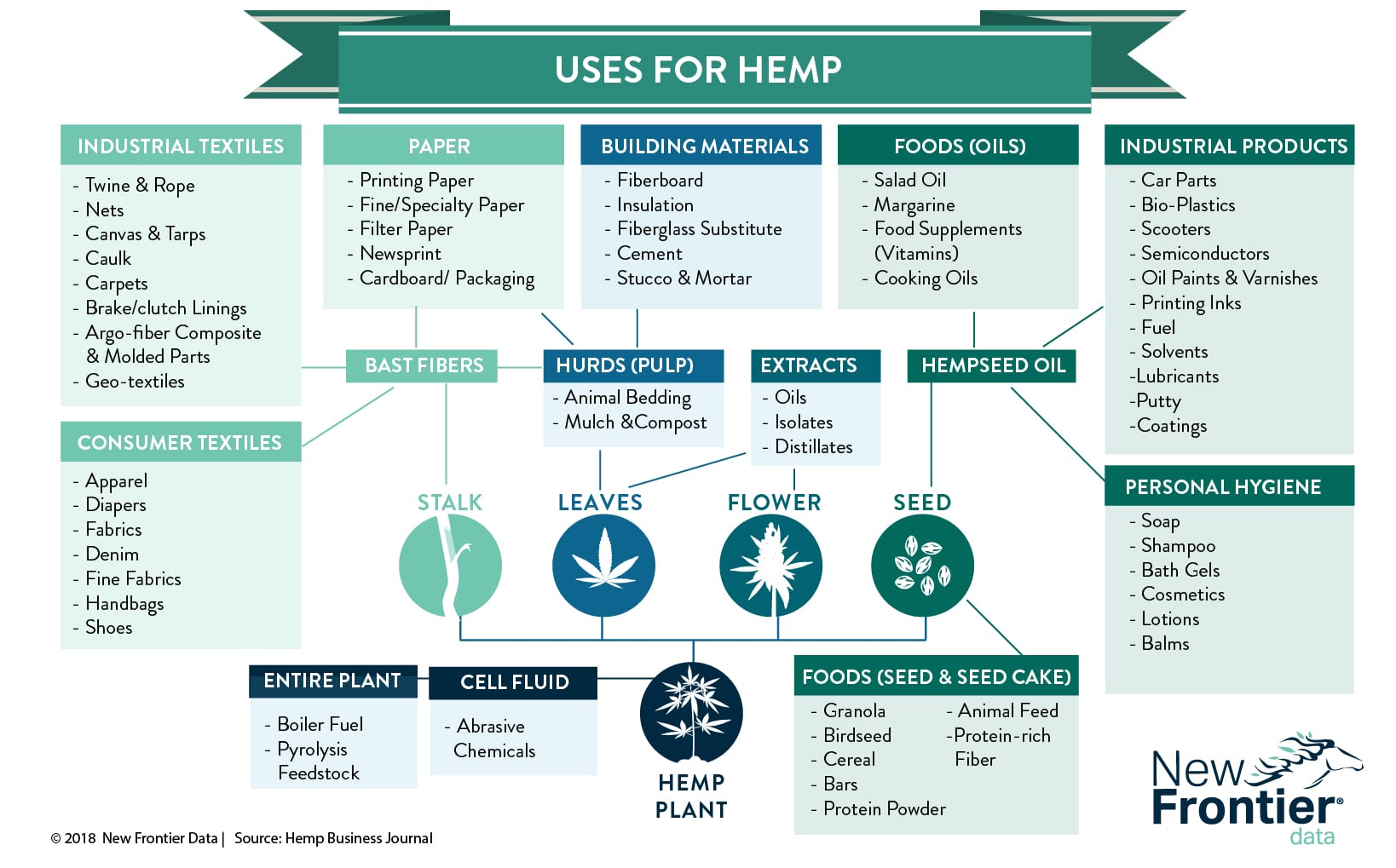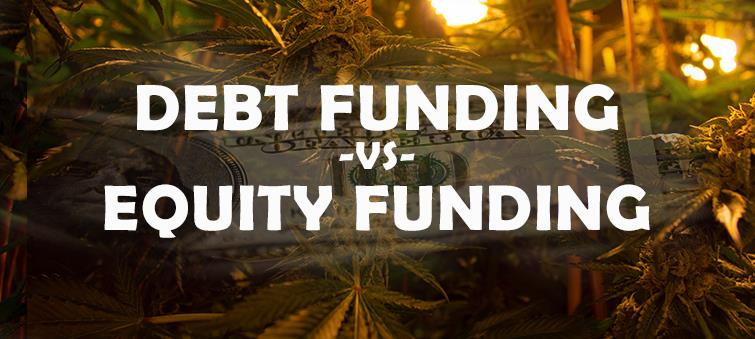Year: 2024
-

The Hemp Nation Group’s Portal Hemp Platform: Powering Sustainable Change Through Networked Collaboration
The Hemp Nation Group’s vision for a sustainable future fueled by hemp is not a solitary pursuit. At the heart of this vision lies the innovative Portal Hemp Platform – […]
-

-

The Hemp Nation Group: Cultivating a Brighter Future Through Networked Cooperation
—
by
The Hemp Nation Group stands out as a unique enterprise, woven from a vision of sustainability, empowerment, and a deep respect for the power of hemp. It’s more than just […]
-

Hemp can help: Nature’s Swiss Army Knife to a Sustainable Future (and it Doesn’t Even Need a Battery Pack)
Hemp can help: Nature’s Swiss Army Knife to a Sustainable Future (and it Doesn’t Even Need a Battery Pack) Let’s face it, folks, the planet needs a makeover. Climate change […]
-

What is and how does Equity Funding relate to the hemp business?
—
by
Equity funding and the hemp business go hand in hand, but it’s important to remember the legal landscape surrounding hemp is still evolving, particularly in the US. Here’s a breakdown […]


